
Indian Instruments
Shruti Box
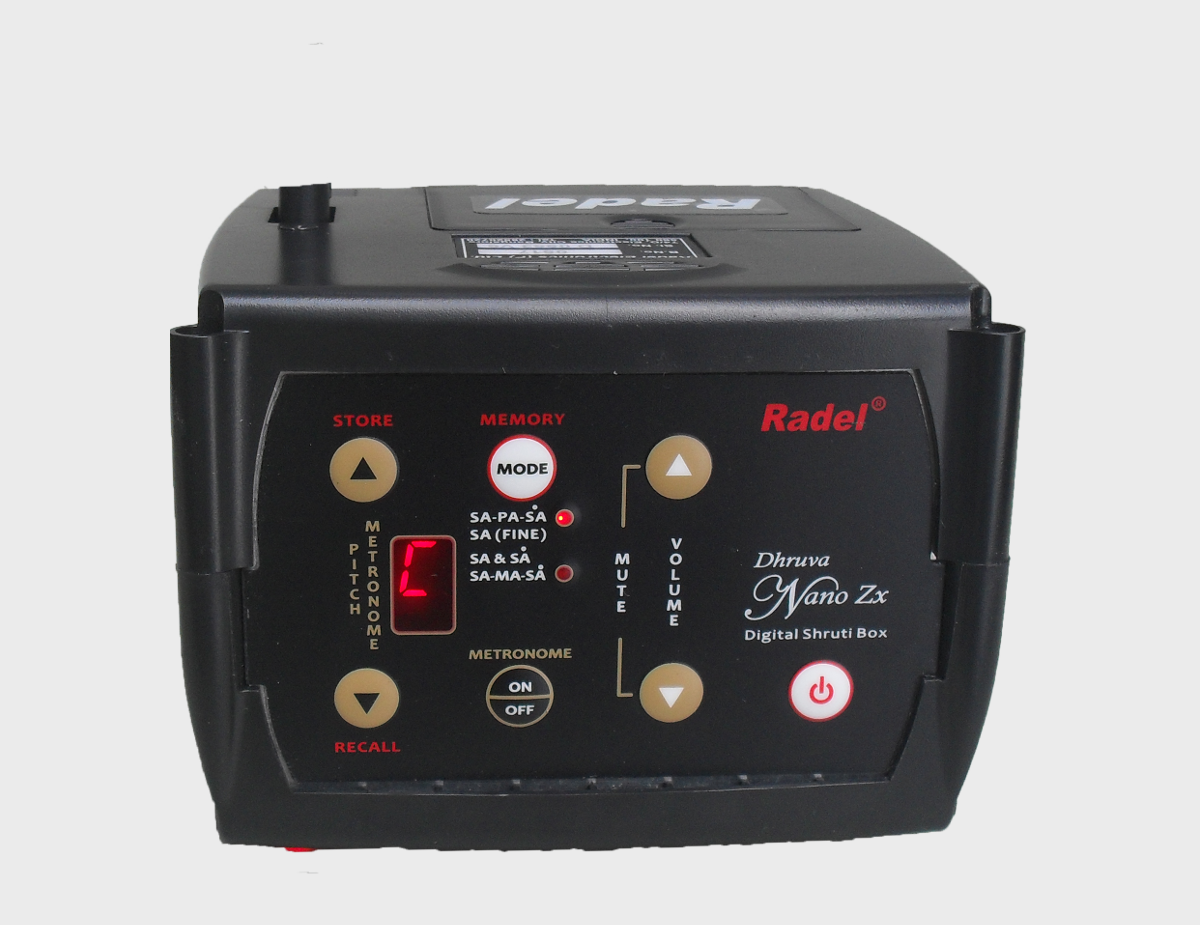
Radel
The new radel shruti box is the smallest of the tanpura range. It has Natural Tanpura sound, using the latest sampler technology and produces a clear sound with amazing volume without distortion even at high volume.
Products
| Model | |
| Nano ZX | |
| Micro V6 | |
| Magic Plus | |
| Mini Miraz | |
| Ranjani T5 | |
| Maestro DX | |
| Miraz Plus | |
| Digi 60DX | |
| Digi 108 |
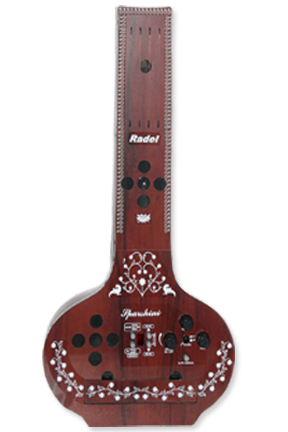
Sparshini
The Sparshini shruti box is an artistic digital tanpura with a grand stage presence and an exquisitely crafted cabinet. It has beautiful resonating natural tanpura sound using the latest sampler technology, and can be used as a 4 or 5 string tanpura. The Sparshini has automatic tuning of 4 notes, and manual tuning of 5th note.
Products
| Model | |
| DX | |
| Milan | |
| Lehra Plus | |
| Talozx | |
| Electronic Veena |
Veena
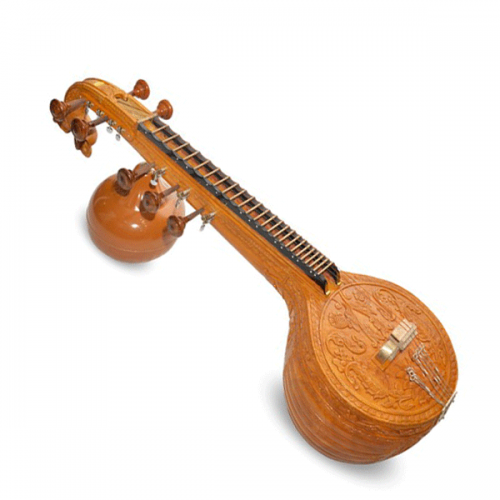
Veena
Veena is a stringed instrument. It consists of a large body hollowed out of a block of wood. The stem of the instrument is also made of wood. The bridge is placed on the flat top of the body of the veena and the neck attached to the stem is usually carved into weird figure like the head of the dragon.
Products
| Model | |
| Bobili Mango Wood | |
| Bobili Jackfruit Wood | |
| Tanjore | |
| Nuzividu | |
| Gift Veena |
Karoke

Persang Karoke
The karaoke can reserve 150 of your favourite songs for easy access. The Aspire Plus comes with one wired microphone that has controls embedded on the helm of the mic for added functionality. You can improve your singing ability as well by matching the pitch of the song visible on the screen.
Products
| Model | |
| Aspire | |
| Aspire Plus | |
| Flamingo Speaker | |
| New Dzire | |
| New Dzire Plus | |
| Symphony |
Flutes

Flutes
The flute is a family of musical instruments in the woodwind group. Unlike woodwind instruments with reeds, a flute is an aerophone or reedless wind instrument that produces its sound from the flow of air across an opening. According to the instrument classification of Hornbostel–Sachs, flutes are categorized as edge-blown aerophones.
Dholak
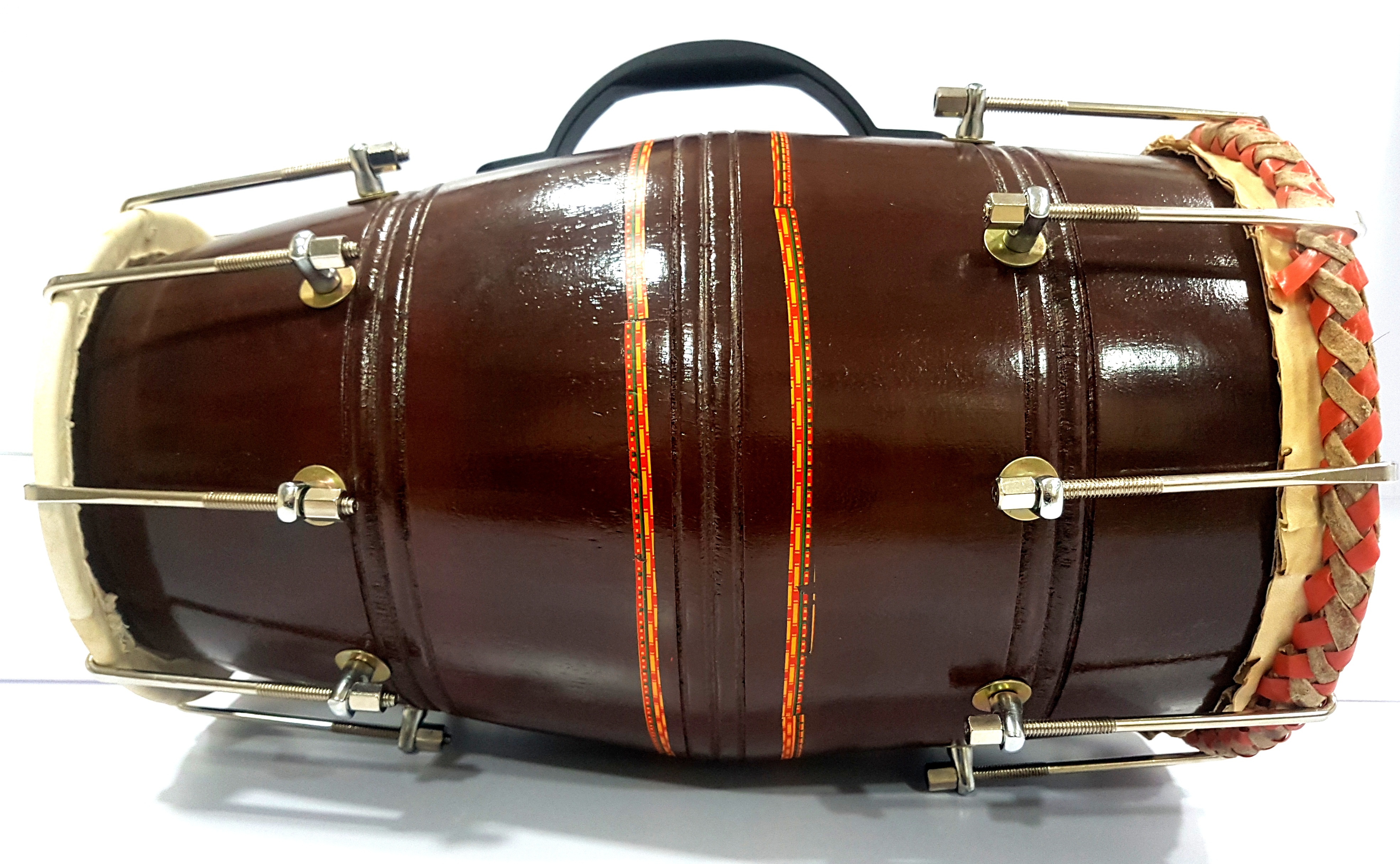
Indian Dholak
The dholak is a South Asian two-headed hand-drum. It may have traditional cotton rope lacing, screw-turnbuckle tensioning or both combined: in the first case steel rings are used for tuning or pegs are twisted inside the laces. The dholak is mainly a folk instrument, lacking the exact tuning and playing techniques of the tabla or the pakhawaj. The drum is pitched, depending on size, with an interval of perhaps a perfect fourth or perfect fifth between the two heads.
Sitar
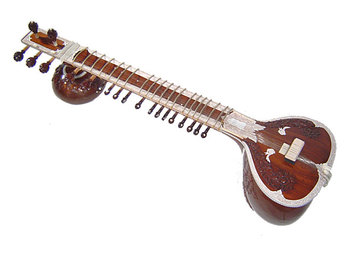
Indian Sitar
Sitar, stringed instrument of the lute family that is popular in northern India, Pakistan, and Bangladesh. Typically measuring about 1.2 metres (4 feet) in length, the sitar has a deep pear-shaped gourd body; a long, wide, hollow wooden neck; both front and side tuning pegs; and 20 arched movable frets. Its strings are metal; there are usually five melody strings, one or two drone strings used to accentuate the rhythm or pulse, and as many as 13 sympathetic strings beneath the frets in the neck that are tuned to the notes of the raga (melodic framework of the performance).
Tambura

Indian Tambura
Tambura, also spelled tamboura, tamburi, or tandura, long-necked fretless Indian lute. It has a hollow neck, measures about 40–60 inches (102–153 cm) in length, and usually has four metal strings tuned (relative pitch) c–c′–c′–g or c–c′–c′–f. Precision tuning is achieved by inserting bits of wool or silk between the strings and lower bridge and by adjusting small beads attached to the strings. In southern India the body of the tambura is made of a hollow piece of jackwood (wood from the jackfruit tree), while in the north it is fashioned from a gourd. It is held in a vertical position, and the musician plays the instrument by plucking the strings while seated behind it.
Conga
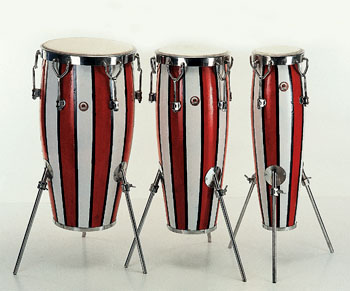
Indian Conga
The conga, also known as tumbadora, is a tall, narrow, single-headed drum from Cuba. Congas are staved like barrels and classified into three types: quinto (lead drum, highest), tres dos or tres golpes (middle), and tumba or salidor (lowest). Congas were originally used in Afro-Cuban music genres such as conga (hence their name) and rumba, where each drummer would play a single drum.

Toca Conga
The conga, also known as tumbadora, is a tall, narrow, single-headed drum from Cuba. Congas are staved like barrels and classified into three types: quinto (lead drum, highest), tres dos or tres golpes (middle), and tumba or salidor (lowest). Congas were originally used in Afro-Cuban music genres such as conga (hence their name) and rumba, where each drummer would play a single drum.
Tabla
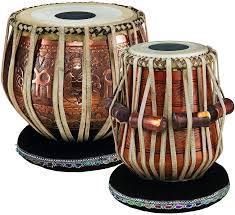
Indian Tabla
abla, pair of small drums fundamental (since the 18th century) to Hindustani music of northern India, Pakistan, and Bangladesh. The higher-pitched of the two drums, which is played with the right hand, is also referred to individually as the tabla or as the daya (dahina or dayan, meaning “right”). It is a single-headed drum usually of wood and having the profile of two truncated cones bulging at the centre, the lower portion shorter. It is about 25 cm (10 inches) in height and 15 cm (6 inches) across. Skin tension is maintained by thong lacings and wooden dowels that are tapped with a hammer in retuning.
Harmonium
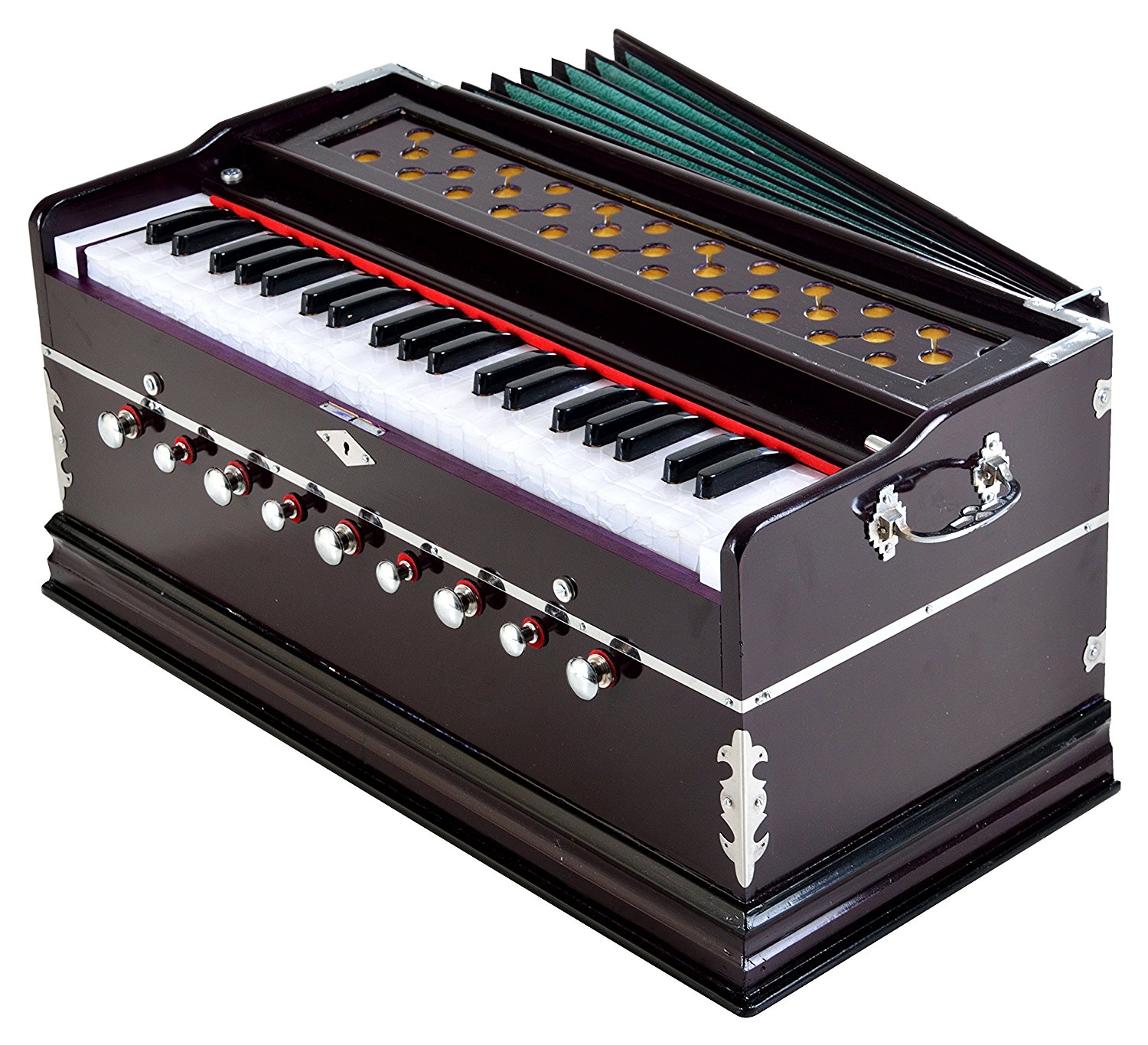
Indian Harmonium
Harmonium, also called Reed Organ, free-reed keyboard instrument that produces sound when wind sent by foot-operated bellows through a pressure-equalizing air reservoir causes metal reeds screwed over slots in metal frames to vibrate through the frames with close tolerance. There are no pipes; pitch is determined by the size of the reed. Separate sets of reeds provide different tone colours, the quality of the sound being determined by the characteristic size and shape of the tone chamber surrounding each reed of a given set; constricted chambers, for instance, induce powerful vibration and incisive tone.
Roto Drums
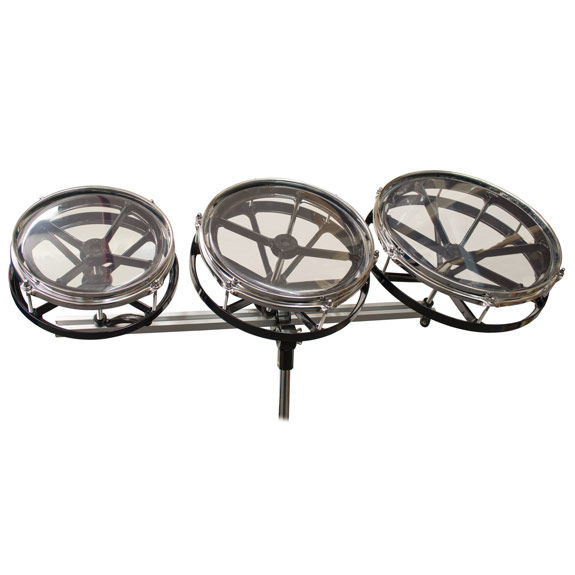
DB Roto Drums
Roto Drums are the single headed percussion instrument which produces sound of harmonic frequency spectra that means the listener can easily understand its pitch. Many well known drummers are playing rotodrums in their events, functions and even in music albums. Roto Drums are used as a substitute for timpani. Rotodrums has a very quick tuning process by only rotating its aluminum or zinc head.